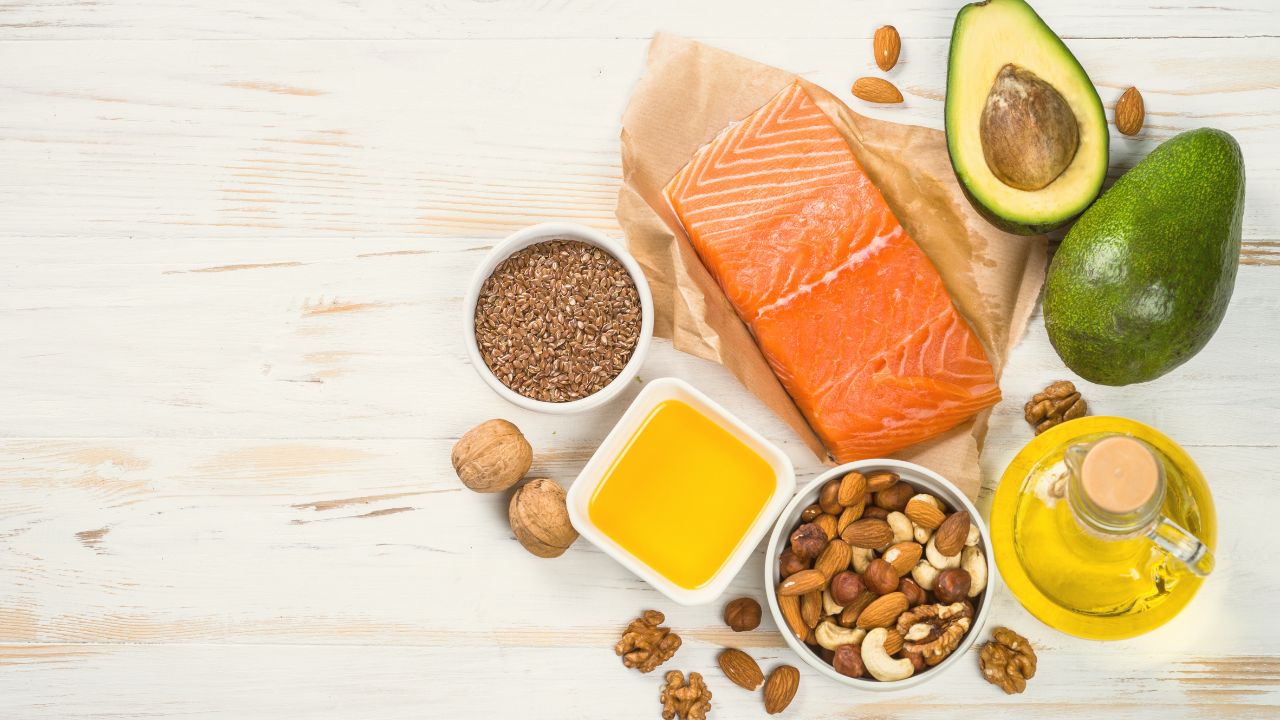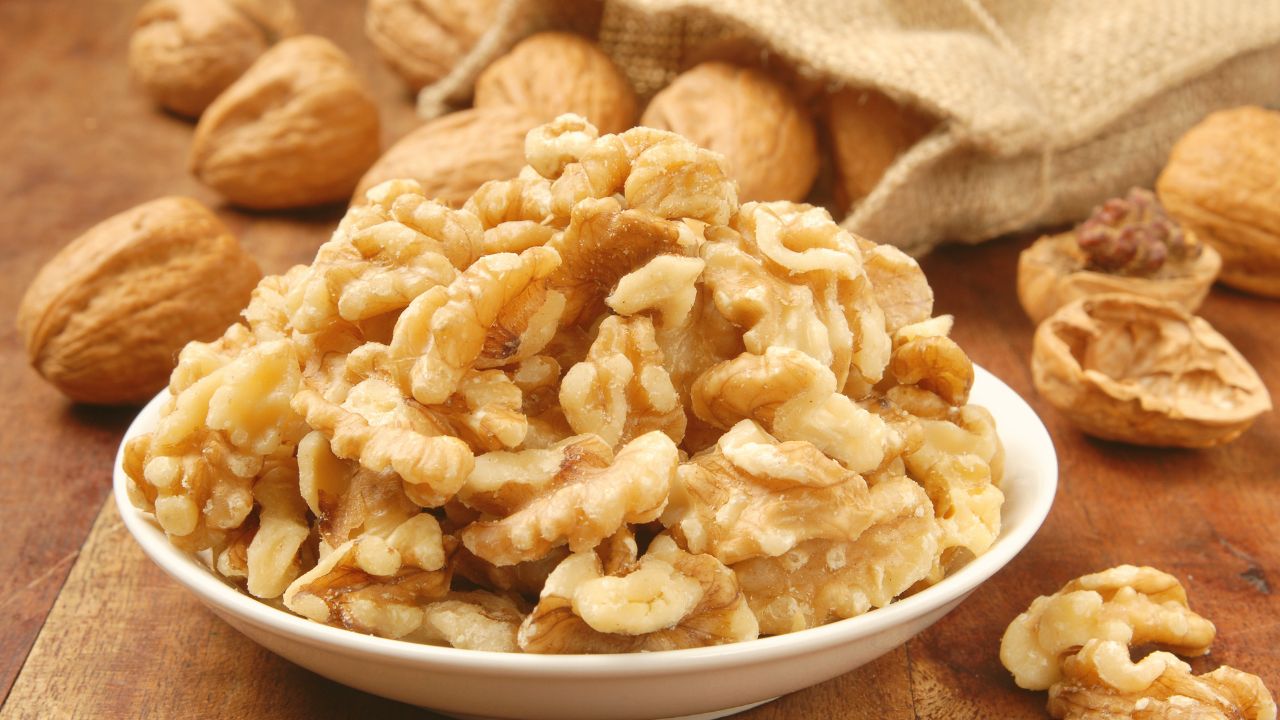
Omega 3 foods matter because they give you direct access to the benefits of EPA and DHA. These are essential fats your body cannot make, and they play a key role in heart health, brain function, and inflammation control. Eating these foods fills you up while improving your cardiovascular system, supporting cognitive clarity, and improving gut health through their anti-inflammatory action. This makes them one of the smartest additions to a modern lifestyle aiming for longevity and energy.
Omega 3 foods are strategic because they usually come from fish, offering variety and flexibility in any type of cuisine.
You can bake them, grill them, eat them raw (only fresh high quality advised by your trusted fishmonger), or combine them with hundreds of ingredients while still supporting digestion and heart health.Unlike heavy meats, fish-based meals digest faster and bring lasting satiety. Mediterranean cuisine is a great inspiration, with its focus on simplicity and balance. Even the busiest person can integrate omega 3 foods into weekly routines with ease.
Below is a list of fish sources from leaner to fattier, with their average omega 3 content per 100 grams.
EPA and DHA are the two key omega 3 fats found in fish.
• Cod 0.2 grams
• Haddock 0.2 grams
• Trout 0.6 grams
• Tuna (light) 0.8 grams
• Sardines 1.2 grams
• Anchovies 1.4 grams
• Herring 1.5 grams
• Salmon (Atlantic) 1.8 grams
• Mackerel (Atlantic) 2 grams
Eating fish like salmon, mackerel or sardines two to three times per week can help you reach your omega 3 needs while providing high quality protein.Omega 3 foods from fish comprehend:
These plant-based sources contain ALA, a form of omega 3 that the body can partially convert into EPA and DHA.
They are great for snacks or recipe toppers.
• Walnuts 1.7 grams per 28 grams
• Hemp seeds 2.6 grams per 28 grams
• Flaxseeds 6.3 grams per 28 grams
• Chia seeds 7.2 grams per 28 grams
Though the conversion rate from ALA to DHA and EPA is low, these foods still support overall inflammation reduction and cardiovascular health. Very convenient alternatives adding great sources of fats to your snack or meals.

Some lesser-known sources of omega 3 can make your diet more varied while still being beneficial.
Seaweed and algae oil sources of EPA and DHA
• Hemp oil 2.5 grams per tablespoon
• Canola oil 1.2 grams per tablespoonA
• Avocado 0.1 grams per fruit
While not all of these match the power of oily fish, they help fill the gaps and support balance with omega 6 intake.
Omega 3 foods are not just healthy. It should be an emotional and sensory experience.
Think of the fish you tried on holidays by the sea. Dishes like sashimi, tuna tartare, grilled sardines, or salmon ceviche can be rich in omega 3 while giving you deep satisfaction.
Enjoying these meals regularly improves your eating habits, strengthens your heart and brain, and keeps your diet aligned with your health goals.
By inserting just a few high quality dishes every week, you can feel stronger, more energised and more protected from the inside out. Mostly important you will be eating something great, contrary to conventional health plans.


